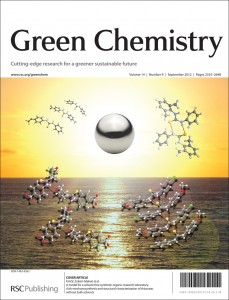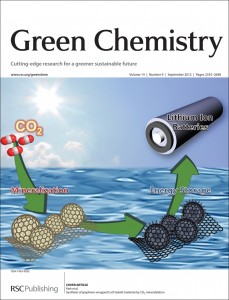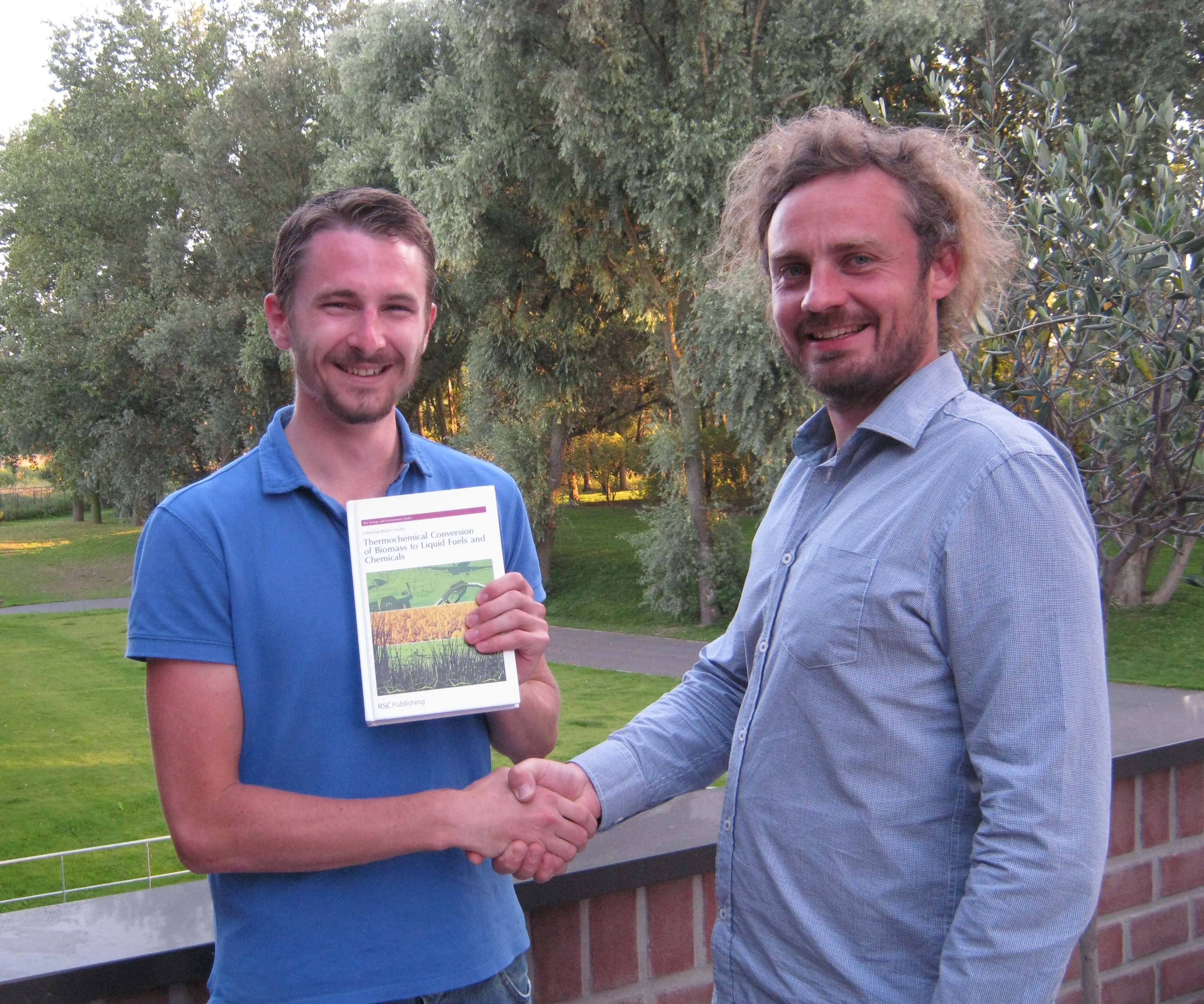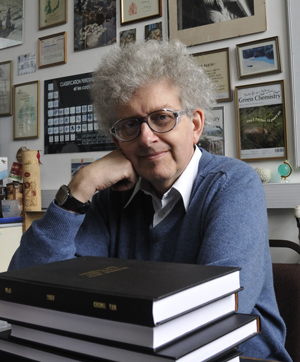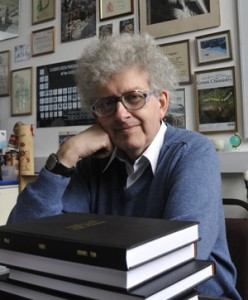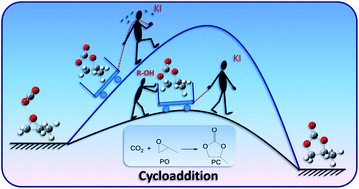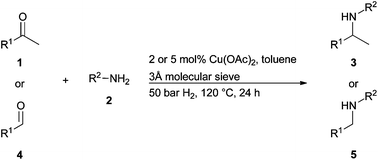 Walter Leitner is a full Professor at Technische Chemie und Petrolchemie, Institut für Technische Chemie und Makromolekulare Chemie at the RWTH Aachen University and is the new Chair of the Green Chemistry Editorial Board. As Walter takes up his new position, we asked for his thoughts on how sees the Journal, and the area of green chemistry, developing in the future…
Walter Leitner is a full Professor at Technische Chemie und Petrolchemie, Institut für Technische Chemie und Makromolekulare Chemie at the RWTH Aachen University and is the new Chair of the Green Chemistry Editorial Board. As Walter takes up his new position, we asked for his thoughts on how sees the Journal, and the area of green chemistry, developing in the future…
Who or what initially inspired you to become a chemist?
I cannot fix this to a single person or event. To be honest, a large number of coincidences and external factors led me to study chemistry at Regensburg University, and it was mostly during my time as PhD-student with Henri Brunner and PostDoc with John Brown that I developed a strong research interest into catalysis and organometallic chemistry – and started to become fascinated by the idea of academic freedom!
You’ve recently been appointed as the new Chair of the Green Chemistry Editorial Board – what most excites you about the Journal?
The ever increasing scientific quality of the contributions and the incredible enthusiasm of the community – just coming back from the Green Chemistry Gordon Conference near Lucca in Italy, I am still nurtured by the same experience there!
Where would you like to see the Journal develop during your time as Chair?











